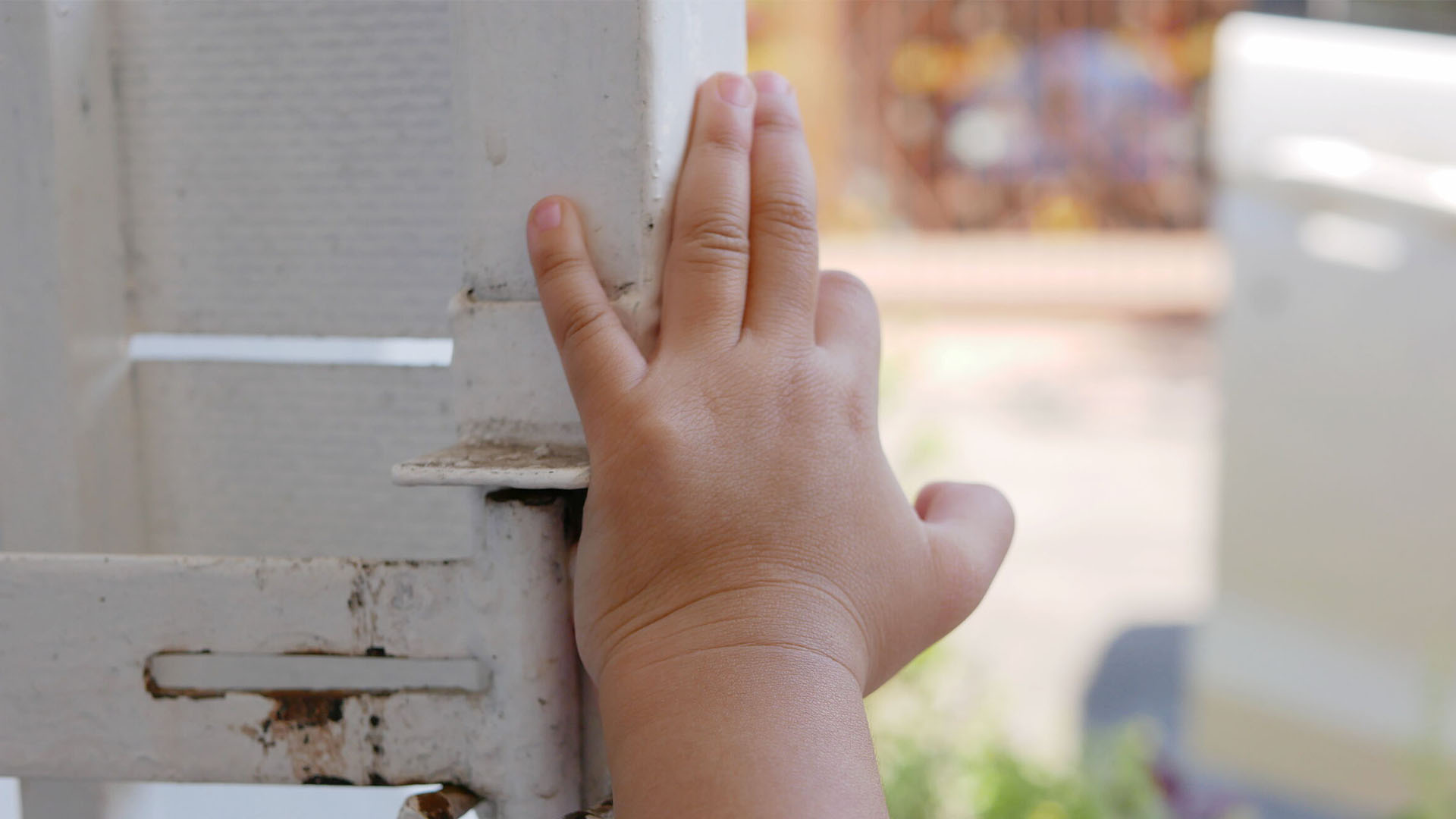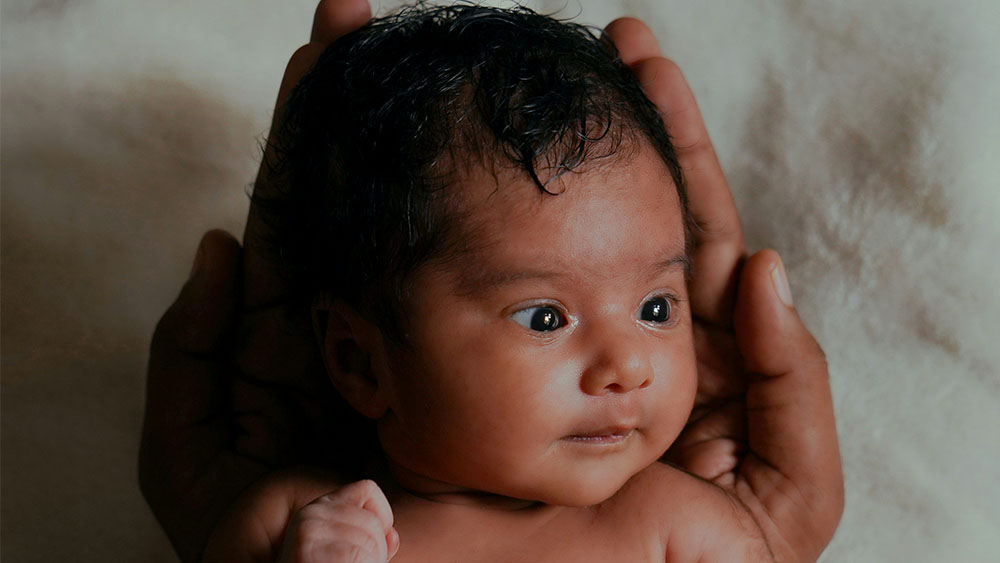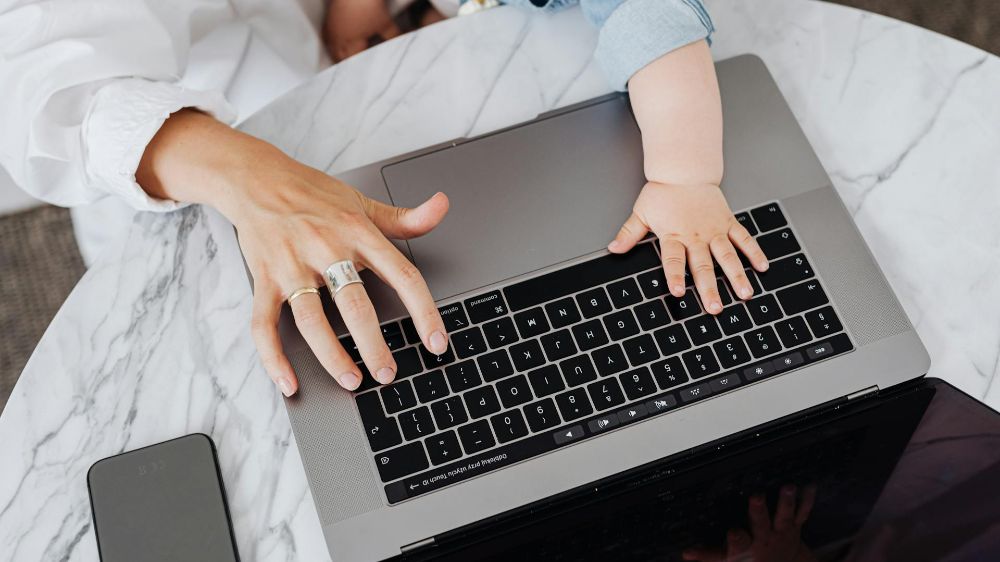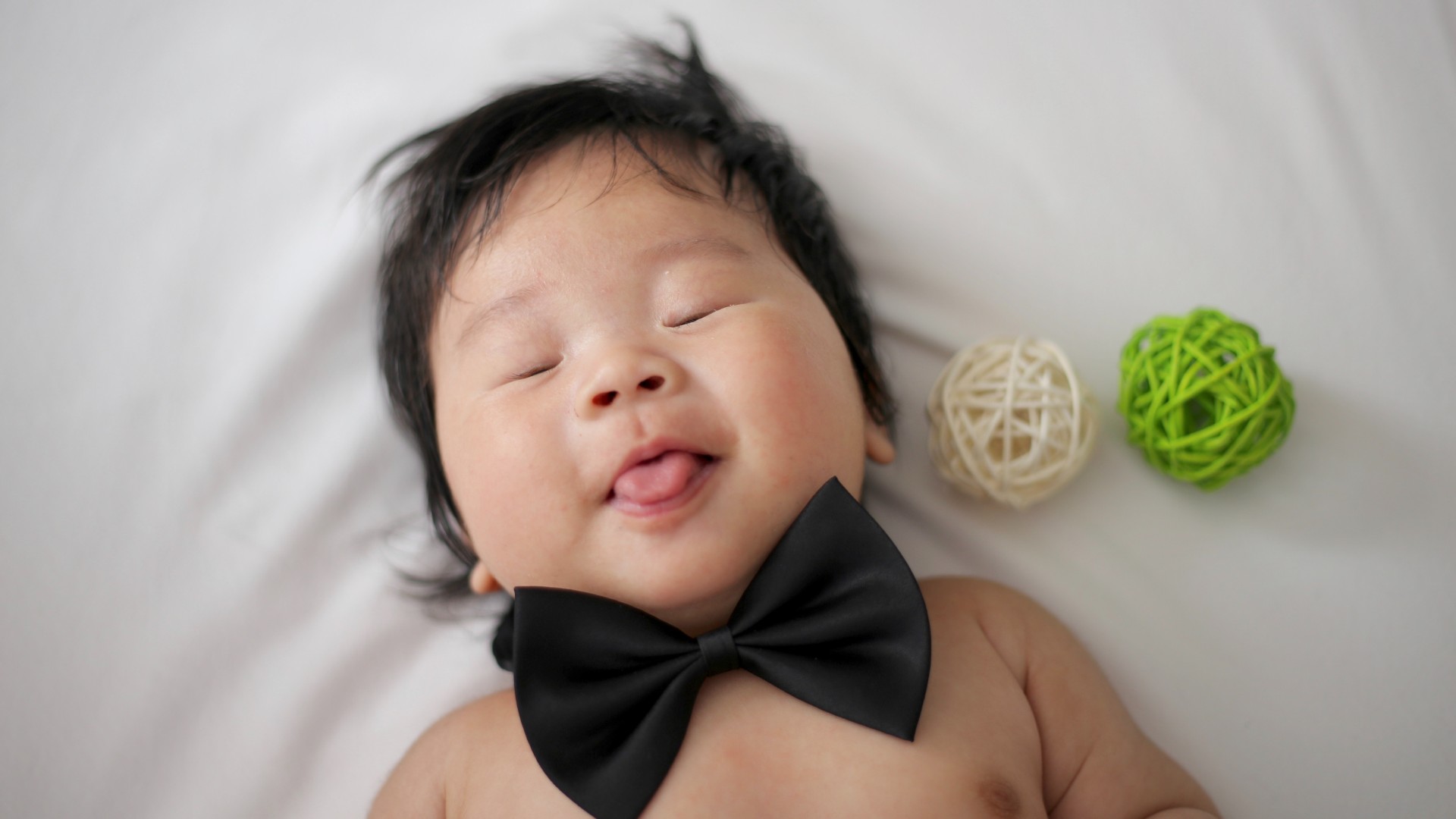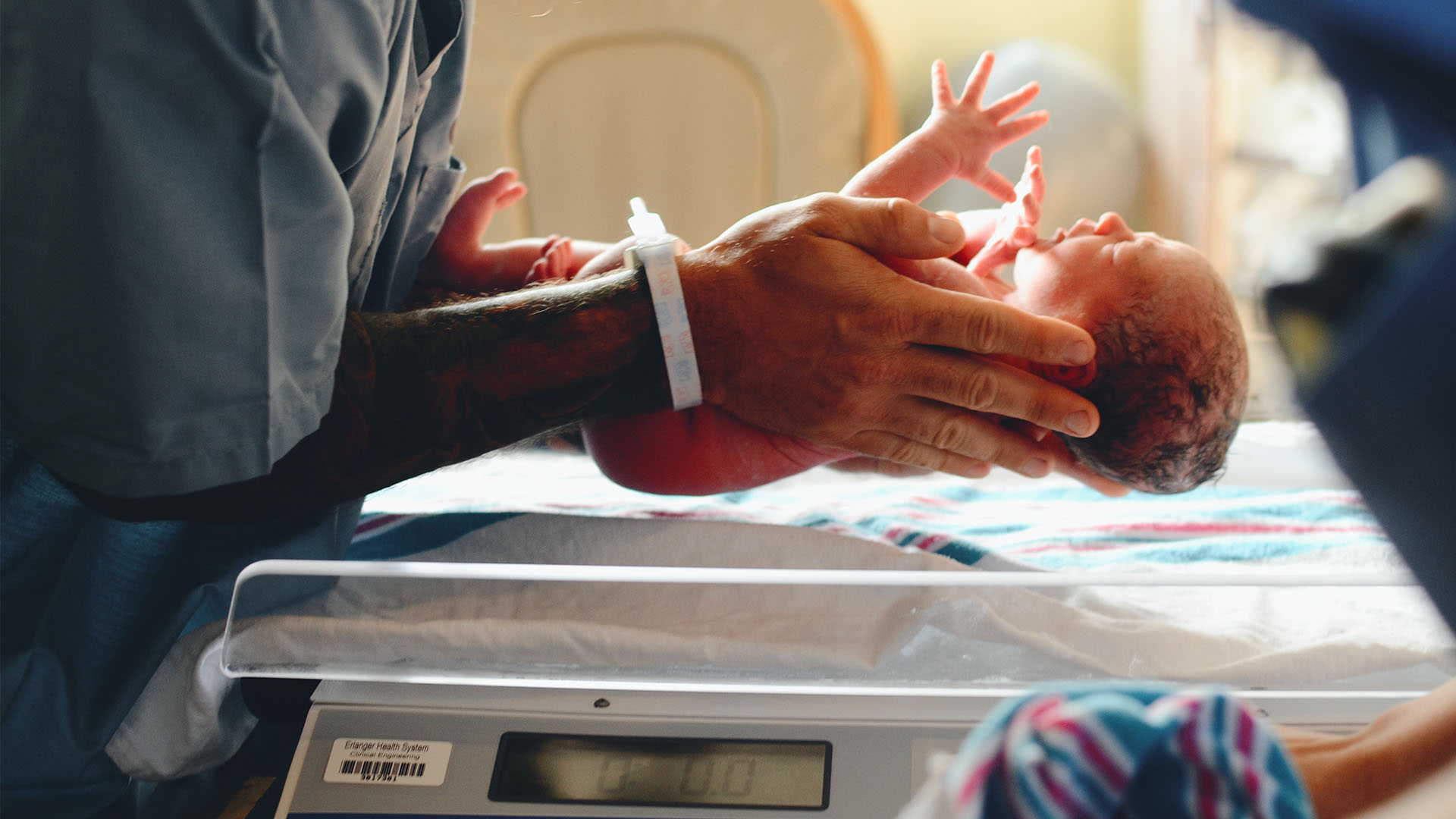Baby Talk: What A First-Time Parent Should Know About Childproofing Their Home
Even though they are so small and cute, you’d be surprised at how easy it is for a baby to get into trouble at home. While it’s virtually impossible to clear your home of every possible danger or threat, there are a few simple things that you can do to protect him from surprising hazards that emerge when he starts crawling and moving around. And remember that even though baby-proofing gives you a little piece of mind for some time, nothing replaces keeping a close eye on your baby as he starts exploring his new surroundings.
Here are some things to get you started on your childproofing journey:
Start with the baby’s bed
The safest thing you can do for your baby is to let them sleep in a comfortable, bare crib by themselves. Position the crib away from windows or any ropes or cords, all of which the baby can use to pull himself up with. Finally, pillows, crib bumpers, blankets and soft toys are all potential hazards in the first few months of a baby’s life, but are okay when your baby can roll over and sit up.
High-rise safety
Most residents of Singapore live in hi-rise HDB flats and condos, so window safety is a must (remember the three-year-old who had to be rescued from an HDB window ledge?). Install window grilles or at a minimum, window restrictors that only allow windows to be opened a few inches. To be extra safe, use window restrictors that can only be removed with an Allen key. Children may also be tempted to climb on balcony furniture or on laundry racks, so keep them away from the railings, or better yet, lock the balcony doors whenever the kids are awake.
Install soft-close hinges onto doors
While keeping your windows open is an eco-friendly alternative to blasting the air conditioner, gusts of wind can slam doors shut without warning, putting little fingers and toes at risk. Consider installing soft-close hinges or inserting heavy door stoppers for safety.
Safety film for shower screens
Shower screens can shatter for any number of reasons, chief among them being poor installation or extreme temperature changes. Since homes here frequently use glass shower screens instead of shower curtains, apply safety film before your little one comes along. The last thing you want is for an accident to happen while you're giving your baby a bath.
Keep bathroom doors locked at all times
Bathrooms are full of potential traps, as small children can drown in even a very small amount of water. Babies and toddlers are also drawn to playing in the toilet so it is quite important to secure the toilet seat with a child-proof safety latch to deter them from playing in the small ‘pool’. Likewise, bathroom cabinets are often filled with medicines (which can often look like candy to little ones) and harmful chemicals in the form of toiletries and cleaners, as well as housing hair dryers and curling irons sometimes, so be sure to keep the cabinet locked so that little fingers can’t pry it open.
Use safety gates once baby starts crawling
Safety gates are a lifesaver at the tops and bottoms of staircases, but they are also handy to deter baby from getting into rooms that should be out of bounds - for instance, the laundry area or kitchen. Safety gates are easy to install by yourself (and remove at a later date) and aren’t expensive, so it’s well worth the peace of mind to put them up.
Keep cleaning and laundry products out of reach
A frightening number of babies are seriously injured from exposure to household poisons such as laundry detergents and other cleaning products. Keep detergents and items like bleach locked away or on a high shelf where they can’t be reached or just keep the laundry area off limits.
Baby-proof hard corners
Get down on all fours and crawl around the house to look at things from a baby’s eye level. You might be surprised to find that your coffee or dining tables have corners at (unfortunately) the perfect height to hit baby in the head. Tables and furniture made of hardwood can be especially painful, so cover all corners with plastic guards to protect baby.
Take a break from using tablecloths
Tablecloths look very pretty but can be a huge hazard for little babies that are learning to stand up. Tablecloths are usually hanging at the perfect height for their little fingers to hold on to and then either pull them down (along with the contents of the table), or then use them to try to pull themselves up.
Secure your furniture
Look at your existing furniture set up to determine what pieces aren’t anchored securely to the floor or wall, as things like bookshelves or even TV consoles are perfect for little ones to hold on to and pull themselves up against. But if these heavy pieces of furniture aren’t secured, they can actually tip over and fall onto your baby when they try climbing onto them.
Miscellaneous
- Cover electrical outlets in all the rooms with child-proof covers. Little fingers are very curious and might try poking one of the electric points.
- Place locks on your liquor cabinet too, because alcohol can also be very poisonous to young children.
- Vacuum the floors regularly to suck up loose change, paper clips, or any small item that can cause choking if baby puts it in his mouth.
For the latest updates on Wonderwall.sg, be sure to follow us on TikTok, Telegram, Instagram, and Facebook. If you have a story idea for us, email us at [email protected].







